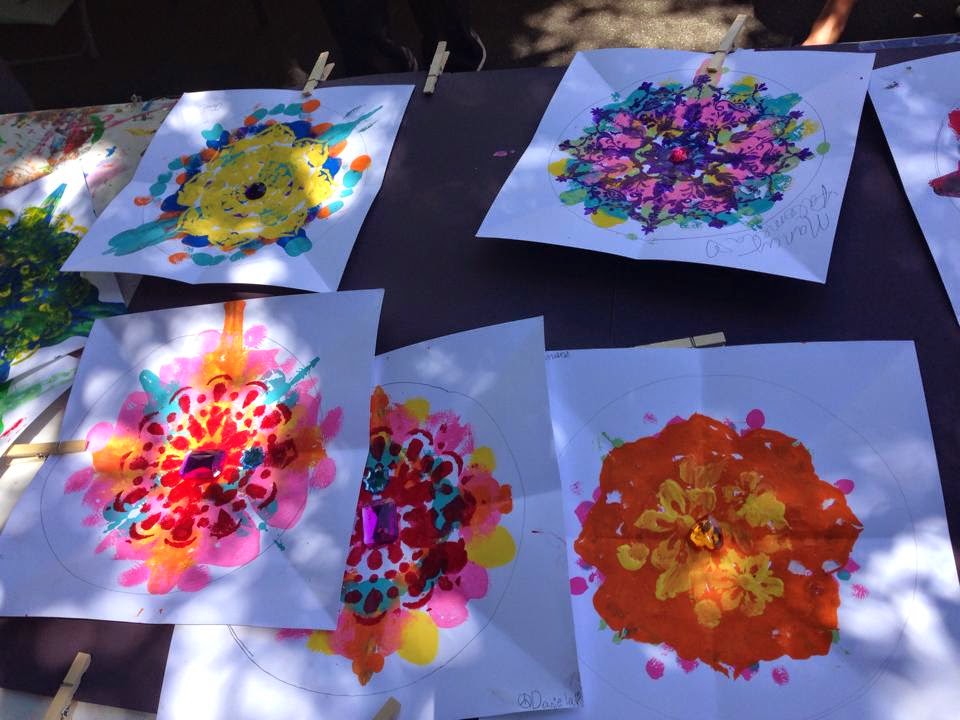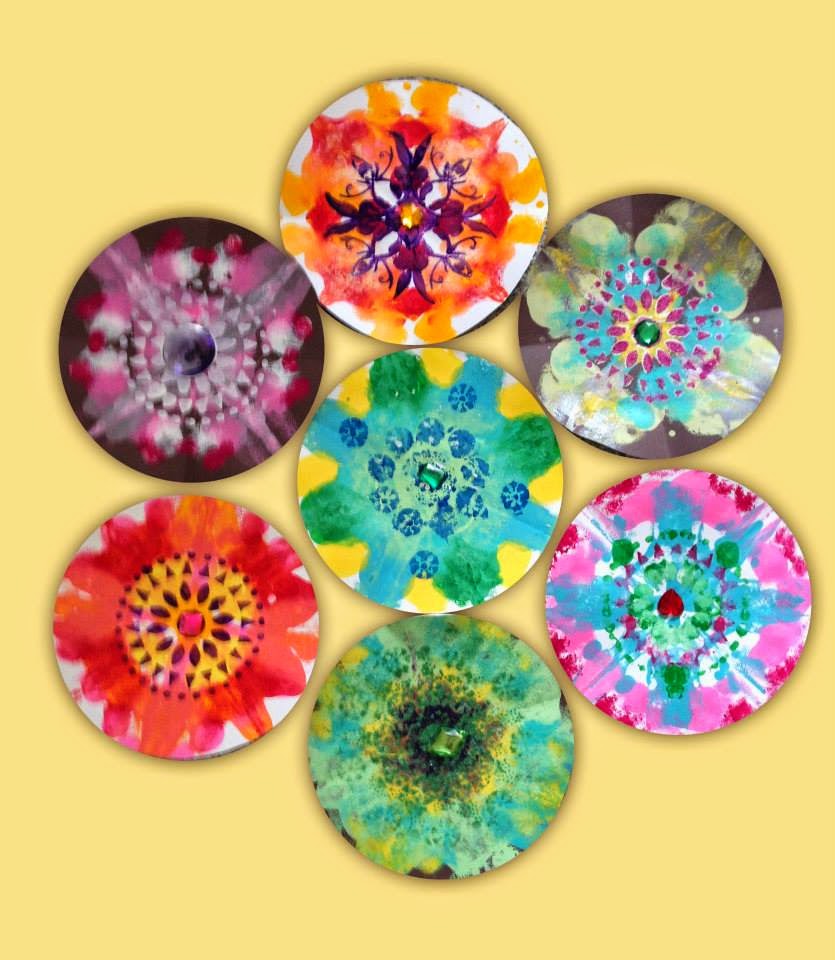 |
| Michelle Kurtis Cole "Fragiles" kiln casted and hand carved transparent glass 2014 |
DNA of Creativity
Collaborative Project
Oceanside Museum of Art, Oceanside CA
Article written by Cathy Breslaw
The DNA of Creativity
exhibition at the Oceanside Museum of Art is the result of an approximately
three year collaboration between forty artists, scientists and educators. Spearheaded
by the San Diego Visual Arts Network and the recipient of grant money for this
project, it was designed to examine the connections between art and science and
to enhance the understanding of the general public about these topics. During
the development of this project, four teams emerged, each group focusing on
separate initiatives. The teams include:
Sea Changes:ACT, Urban Succession, PolyAesthetic Mapping: The Muses, and SD
View Art Now. The project Sea Changes:ACT
brings awareness to critical ocean changes, climate change, plastic pollution
and over-fishing through their display of coral-like glass art pieces,
sculptures, video and a virtual underwater installation - all of which were designed
to promote community action around these issues. The Urban Succession team worked
collaboratively to design, fabricate and install a series of organically shaped
sculptural homes for urban organisms specific to San Diego. This team asked the
question: “What if we embraced the organisms(spiders, possums, lizards, skunks, raccoons, crickets, etc) as
equal citizens of the earth and shared the space with them?” Their exhibited
sculptures all have practical application to actual physical sites in the San
Diego area, designed to help equalize our ecosystem. The team PolyAesthetic
Mapping: The Muses investigated the relationship between the concepts of
‘aesthetics’ and ‘mapping’, in an effort
to make sense out of our expressions of human emotional experience and a
mathematical model was designed to help explain it. They also devised nine ‘muses’ in an effort to
create categories of an aesthetic experience, further helping us to understand
how we navigate between ‘thinking’ and a ‘sensory experience’. Lastly, SD View
Art Now created a way to locate current accurate information about visual arts
events taking place in San Diego county through the use of the latest
technology linking the San Diego Visual Arts Network calendar events with
mobile and home devices. Information is keyed into the user’s current location
using GPS and can be accessed by either residents or visitors in this
geographical area. This exhibition is
packed with art gleaned from long term collaborations related to the results of
the four teams. This show is a complex yet intriguing intellectually and
visually stimulating experience. There are hands on educational opportunities
as well as panel discussions planned throughout the life of this exhibition
which ends August 3rd. Further information can be gained by visiting
each team’s websites:
Sea Changes: ACT, www.seachanges.org
Urban Succession, www.urban succession.com
 |
| Vicki Leon Photoscopia 2009 - 2014 metal,glass,acrylic |









































